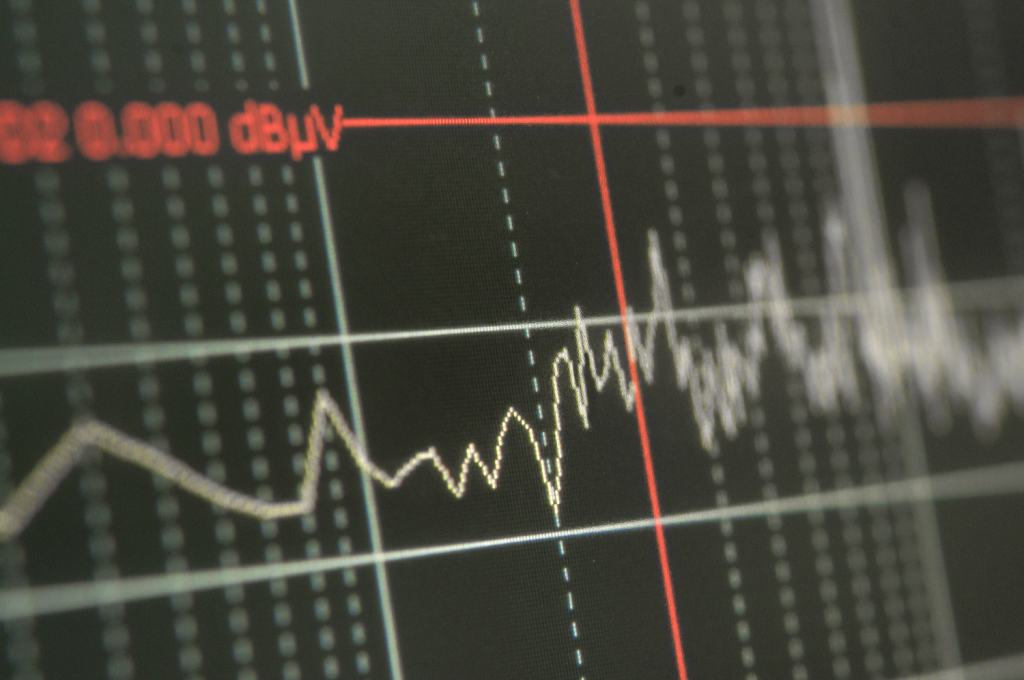European Union (EU) law imposes an obligation on a product’s manufacturer to draw up and sign an EU Declaration of Conformity before placing a product in any EU market. Through this technical documentation, the manufacturer provides information on the design, manufacture, and operation of a product and declares that the product satisfies all applicable requirements of the relevant legislation. It must be signed by someone with suitable authority to bind the manufacturer. There is additional legislation about who is “the manufacturer”. A person or company can be appointed as an “Authorized Representative”, specifically to stand in as the legal “manufacturer” and take on some of the legal responsibilities.
There are a few special variations in the nature of declarations required under EU law, such as Declarations of Incorporation and Performance in the Machinery Directive and Construction Products Regulations. However, the general stipulations are:
- The manufacturer or the authorized representative established within the Union must draw up and sign an EU Declaration of Conformity as part of the conformity assessment procedure provided for in the Union harmonization legislation.
- The EU Declaration of Conformity must contain all relevant information to identify the Union harmonization legislation according to which it is issued, as well as the manufacturer, the authorized representative, the notified body if applicable, the product, and where appropriate a reference to harmonized standards or other technical specifications.
- A single declaration of conformity is required whenever a product is covered by several pieces of Union harmonization legislation requiring an EU Declaration of Conformity.
- The single declaration of conformity can be made up of a dossier containing all relevant individual declarations of conformity.
The exact contents of a Declaration of Conformity vary by directive or regulation as well, but the general model Declaration of Conformity contains:
- A number identifying the product – this number does not need to be unique to each product. It could refer to a product, batch, type, or serial number. This is left to the discretion of the manufacturer.
- The name and address of the manufacturer or the authorized representative issuing the declaration.
- A statement that the declaration is issued under the sole responsibility of the manufacturer.
- An identification of the product that allows traceability. This is basically any relevant information supplementary to point 1 describing the product and allowing for its traceability. It may be relevant for the identification of the product containing an image, but unless specified as a requirement in the Union harmonization legislation, this is left to the discretion of the manufacturer.
- All relevant Union harmonization legislation complied with the referenced standards or other technical specifications (such as national technical standards and specifications) in a precise, complete, and clearly defined way. This implies that the version and/or date of the relevant standard is specified.
- The name and identification number of the notified body when it has been involved in the conformity assessment procedure 211 212 and the reference to the relevant certificate, if applicable.
- All supplementary information that may be required (grade and category, for example), if applicable.
- The issue date of the declaration, signature, and title, or an equivalent marking of an authorized person. This could be any date after the completion of the conformity assessment.
Technology International can guide you through this entire process and all of required procedures.
Note too, that the requirement of a DoC is for all relevant legislation to be covered. The same applies to the CE marking itself – it is a legally binding statement that all applicable legislation has been identified and complied with. There is no scope to apply the CE Marking with respect to only one law and ignore the other applicable laws.
The regulations cover health and safety risks for electrical equipment that operate with an output or input voltage between 50V and 1,000V for AC and 75V and 1,500V for DC.
Benefits of Working With TI
- Save time and money
- Peace of mind knowing you’re working with industry experts
- Risk assessment, testing, inspections, and advice
- Compilation of necessary Technical Files
- Product design assessments
- Regulatory and procedural advice
Typical Steps/Process
- Determine whether you need a DoC or a special type
- Create a legally correct Declaration
- Signed by someone with appropriate authority
- Once signed, apply the CE Marking
Industries & Equipment Expertise
Industrial Equipment
Machine tools, robots, cleaning equipment, cranes, specialist trucks, earthmovers, and finishing machines are just a few of the many pieces of industrial equipment that must obtain a CE Marking. Gain peace of mind knowing your DoC or DoI are in order.
Electrical Equipment
Hand tools, appliances, and IT equipment all need a Declaration of Conformity before you can apply the CE Marking.
Packaging Equipment
From sealing machines to box building equipment and everything in between, we’ll help ensure that your packaging equipment obtains a proper Declaration of Conformity.
Warehouse Automation
Forklifts, AGVs, labeling machines, conveyors, and control panels are just a few of the many warehouse automation pieces of equipment that can benefit from a Declaration of Conformity help.
Canning and Food Processing Equipment
Mixers, ovens, and canning equipment are just some of the many food processing machines that can take advantage of Declaration of Conformity assistance.
Aerospace, Defense & Military
Civil and military aircraft ground support equipment, airframe manufacturing robots, jigs and tooling, defense equipment, and everything in between requires MD compliance to enter into service in the EU. Flown internationally on a modern plane recently? We probably had a hand in its manufacture.
Agricultural Equipment
Agricultural equipment such as harvesters, forestry machines, log splitters, irrigation machines, and woodworking equipment use a wide range of electrical and mechanical components. Getting outside assistance for your Declaration of Conformity can help bring your product to the EU market.
Pharmaceutical & Medical Manufacturing Equipment
Mixers, agitators, and packaging equipment are just a few of the many pharmaceutical manufacturing machines that need to ensure their Declaration of Conformity is accurate and valid before they enter the EU market. Likewise, production machines and lines making medical equipment, from disposable pipette makers to covid-test devices.
Declaration of Conformity Frequently Asked Questions
There are four main reasons why a DoC is important:
- Not having it is a crime and can potentially result in your product being refused entry to the EU, being forced into an EU-wide recall or you getting sued by your customers, plus whatever penalties the EU Authorities deem appropriate. These can include fines and jail time…
- It shows to any person that the manufacturer has correctly followed the CE Marking process and that the product is compliant with the appropriate legislation.
- It clearly shows the legislation and standards that your product satisfies.
- It can be used by Customs to check if the product is suitable to enter the EU.
Technology International cannot contribute to the content of your Declaration as it’s a legal document, but before you get into the legal detail we can help you understand the process and procedural detail and gain commercial insight into the options available to you. Our expert engineers will guide you through every step of the process.


